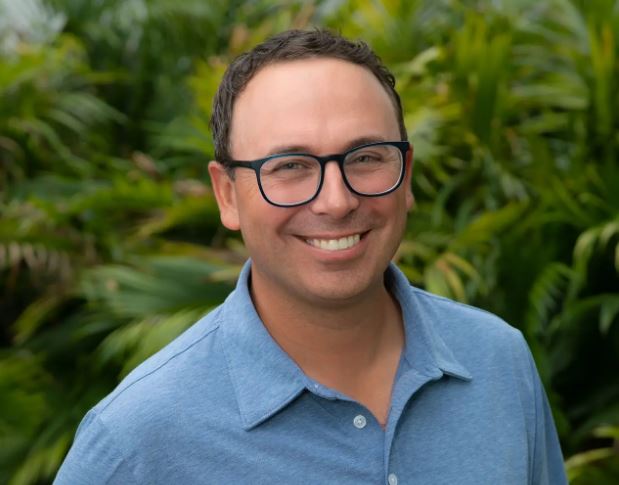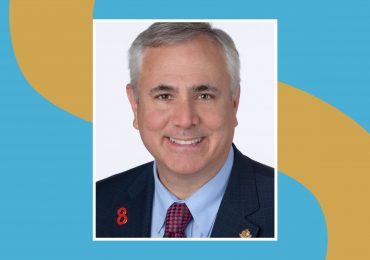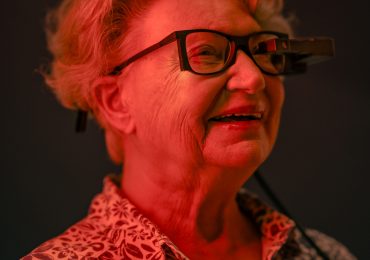By LEONARD D’AVOLIO
I’m in the waiting room of the New England Baptist Hospital. They just wheeled my father to the OR. It’s strange to be back.
Once upon a time, their Chief Medical Officer, Dr. Scott Tromanhauser asked for my help. He was interested in improving the outcomes of total knee replacement surgeries. Nearly 20% of all knee replacements do not improve outcomes. The greatest opportunity for improvement is reducing unnecessary surgeries.
This seems straightforward enough to the casual reader but in the upside down that is US healthcare, very few surgical centers in this country bother to learn if their surgeries make things better or worse. Doing anything that threatens to reduce volume is bad for business.
We pitched a concept to his Board of Directors.
“What if,” we proposed, “we could measure 1 year post-operative outcomes of every total knee replacement? We could share that data with our surgeons and see – for the first time – how our patients fared. With enough data, we could make personalized predictions of outcomes during a pre-operative consult visit. We could give people the information they need to make good medical decisions.”
They supported the idea. Yes, it might lead to fewer surgeries – but these were the surgeries that shouldn’t be conducted. Plus, it might be an edge during price negotiations with payors. Beyond that, they concurred, it was the right thing to do.
Scott and I celebrated the approval with a walk through the Mount Auburn Cemetery to visit the grave of Dr. Ernest Codman. It was his idea after all.
Dr. Codman, was a surgeon at Mass General Hospital in 1905 when introduced his “End Results System.” In it, he proposed that every hospital capture data before, and for at least one year, after every procedure. This was to find out if the procedure was a success and if not, to ask “why not?” Codman wanted patients to have this information. How else would outcomes improve? How else would patients make good medical decisions?
Now, more than 100 years later, we would bring his idea to life, just miles down the road from where he introduced it.
Under Scott’s leadership, the institution had been collecting outcomes data. We gathered all the surgeons to review it for the first time. We replaced their identities with Surgeon A, B, C, etc., in the slides but Scott and I knew the names.
Their reactions were fascinating. Despite blinding them to the results, those most skeptical of what they were looking at were among the lowest performers. The person most supportive of using outcomes data, Dr. Carl Talmo, turned out to have the best post-operative outcomes.
Next, we proposed a pilot to bring Dr. Codman’s concept into the 21st century. We would use past results to predict patients’ future outcomes.
We wrote an iPad app with a validated machine learning model that predicted the likelihood of each prospective patient getting better, the same, or worse, one year after surgery. Patients answered a few questions and by the time they entered the exam room, their prediction and the factors influencing it were in the hands of the surgeon. The surgeon would walk them through it as part of a joint decision making process.
Dr. Talmo signed on to use it in his clinic. Some people chose not to have surgery after seeing their predicted results. Others entered the OR more confident in their decisions. Their outcomes were fed back into the system, making the model even more useful for future patients.
It was time to invite others to try it out.
We made a 2 min video explaining how it worked and how it can improve outcomes. We wrote an article called “Patients Like You” that was published in the New England Journal of Medicine’s Catalyst. I called on surgical clinics across the US. We held meetings with other Baptist surgeons and their colleagues at other Boston hospitals.
People thought it was cool. No one was interested in using it. Reducing surgical volume is bad business. COVID hit and the Baptist asked if we might consider letting them out of the contract. We did. Everyone had bigger fish to fry.
It was disappointing but not surprising. We weren’t naive. Just idealistic. Compared to what happened to Dr. Codman, we got off easy.
When Codman presented his End Result System to his Board, it was rejected. He accused the Directors of Mass General of prioritizing profit over outcomes. He was fired, ostracised, and died penniless. On Codman’s tombstone are the words, “It may take a hundred years for my ideas to be accepted.”
It’s 120 years later. I’m back at the Baptist waiting to learn how my father’s knee replacement went. I’m concerned but not worried. I had the advantage of choosing a surgeon based on his outcomes. Unless the numbers have changed since I was last here, he’s in good hands with Dr. Talmo.
For a minute I think, “What a shame.” We came so close to everyone in this waiting room having the information they need to make life changing medical decisions.
I wonder if Dr. Codman took it personally? Did he take comfort in the words of his contemporary Upton Sinclair who said, “It is hard to get a man to understand something, when his salary is dependent on his not understanding it.”
This is, and always has been, a problem of perverse incentives. But will it always be?
I take comfort in knowing that the vast majority of people that choose a career in healthcare want it to be better. People like Drs. Scott Tromanhauser, Carl Talmo, and the members of that Board of Directors at the Baptist that took a chance knowing it was a long shot. People like those I get to work with every day at Blue Circle Health.
There are more of them than you think. They’re harder to find because they didn’t join healthcare to make fortunes or headlines. They joined to make a difference. I just hope I’m still around when enough of them realize their collective power and put it to use creating the healthcare system we all deserve.
Leonard D’Avolio, PhD is an Asst. Professor at Harvard Medical School. He can be reached at ld******@***il.com
Leave a comment






